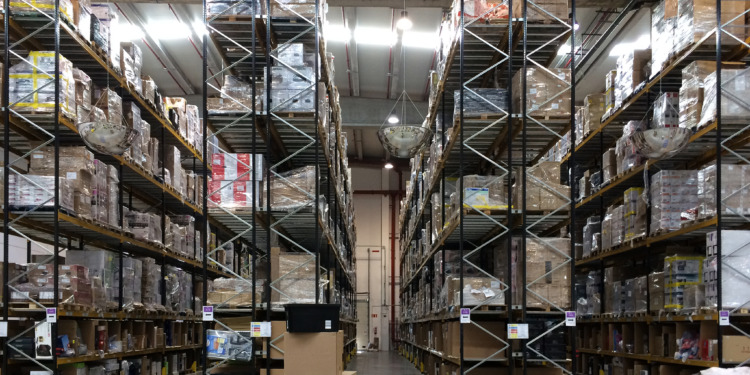E-commerce giant Amazon has started testing the skills of its new humanoid robot, “Digit,” in its US warehouses.
Developed by Agility Robotics, an Oregon-based startup that Amazon invested in, the robot has human-like arms and legs that enable it to perform tasks like moving, grasping, and handling objects.
“Its size and shape are well suited for buildings that are designed for humans, and we believe that there is a big opportunity to scale a mobile manipulator solution, such as Digit, which can work collaboratively with employees,” Scott Dresser, Vice President of Amazon Robotics, writes in a press release.
Dresser adds that at first, the humanoid robot will be used to help Amazon employees recycle totes — the “highly repetitive process of picking up and moving empty totes once inventory has been completely picked out of them.”
Speaking to the BBC, Dresser said that the robot was a prototype and that they’re running this experiment “to learn a little bit more about how we can use mobile robots and manipulators in our environment here at Amazon.”
Amazon’s rationale for this endeavor, according to the company, is to “free up employees to better deliver for our customers.”
Related Articles: Bezos and Amazon: Going Really Green or Pretending? | ‘The World’s Most Capable Humanoid Robot’ Has Arrived | Sustainability Is Not for Sale: Can Amazon Prime Day Ever Be Green? | Amazon to Pay $30 Million in Settlements Over Claims of Children’s Privacy Violations and Illegal Surveillance
Unsurprisingly, this development has sparked concerns that the humanoid robots could threaten the jobs of almost 1.5 million people currently working for Amazon.
Stuart Richards, an organizer at the UK trade union GMB, said that the company’s automation is a “head-first race to job losses.”
“We’ve already seen hundreds of jobs disappear in fulfillment centers,” Richards said.
Amazon, on the other hand, insists that its robotics systems have actually contributed to the creation of “hundreds of thousands of new jobs” in the company. The tech giant maintains that there are now over 700 categories of skilled positions that did not exist within the organization previously.
“We now have over 750,000 robots working collaboratively with our employees, taking on highly repetitive tasks and freeing employees up to better deliver for our customers,” Amazon writes.
As Amazon continues to push the boundaries of automation and robotics in its operations, the conversation about the future of work and the impact of these technologies on employment remains ongoing. Amazon’s ambitious foray into robotics highlights the delicate balance between technological innovation and the preservation of human jobs in the modern workplace.
Editor’s Note: The opinions expressed here by the authors are their own, not those of Impakter.com — In the Featured Photo: Amazon warehouse in Madrid, Spain. Featured Photo Credit: Wikimedia Commons.









